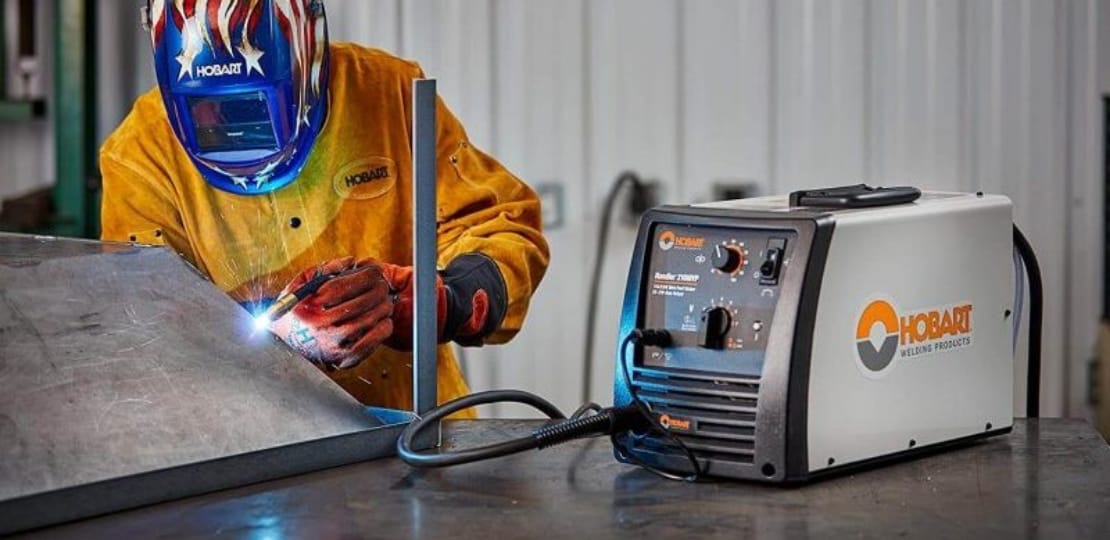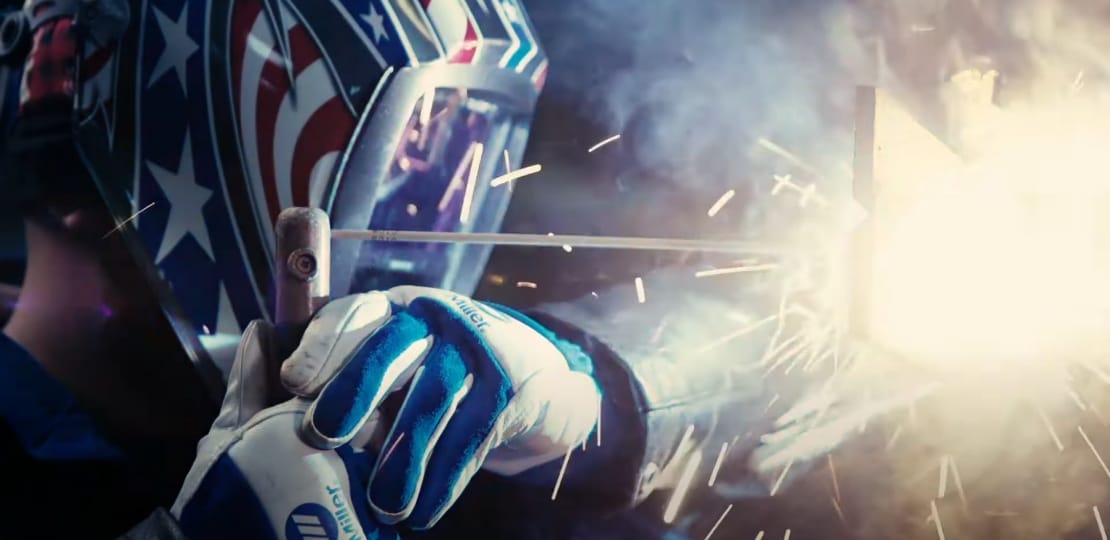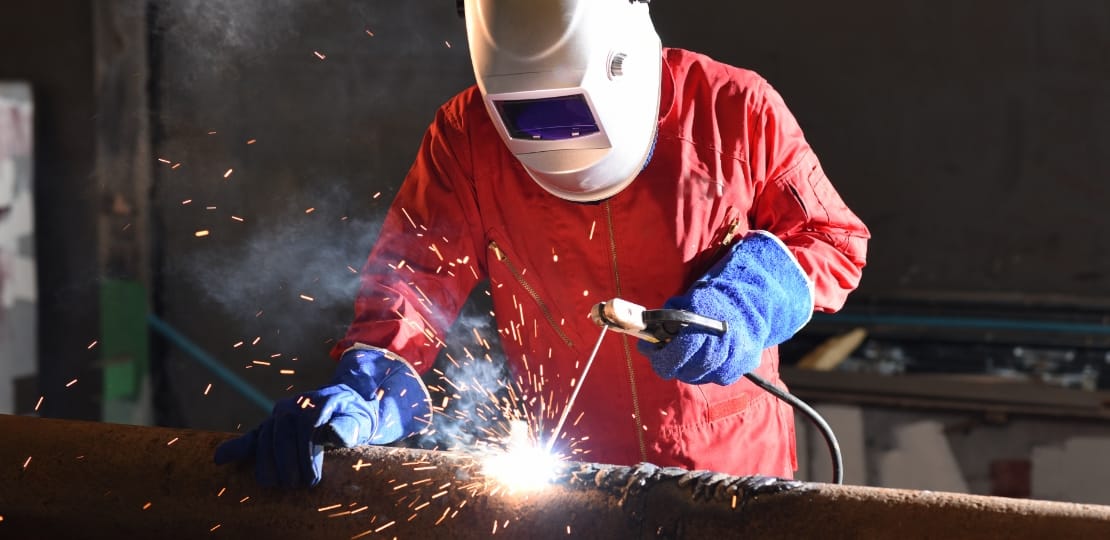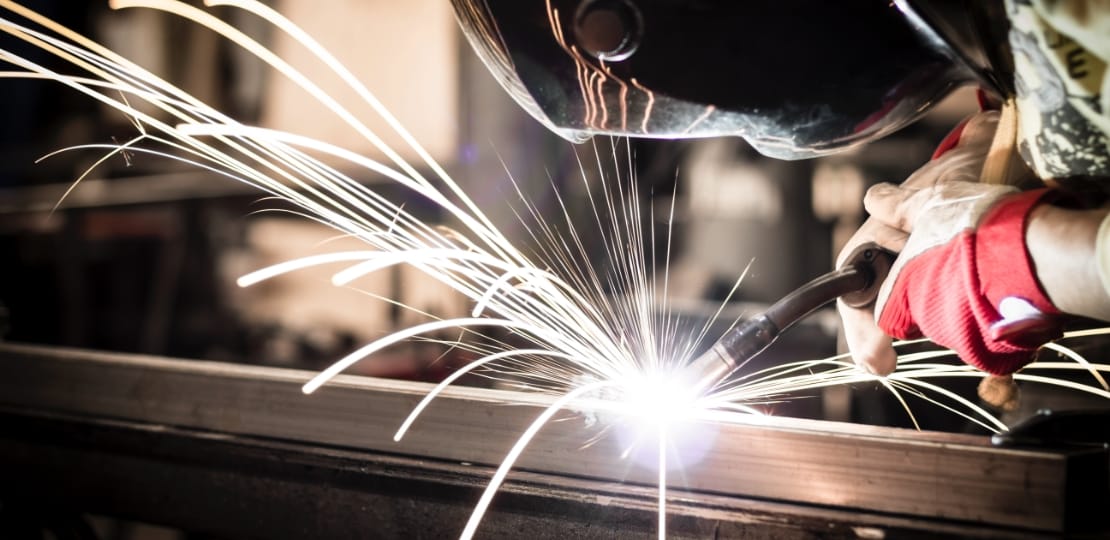Education & Training
Training and Education for You and Your Team
Training welders is more than just learning the basic welding techniques. It also means learning good habits, from wearing the proper personal protective equipment to understanding how to properly set up equipment, especially if they’re being used for the first time.
Browse our resource center for insightful articles, how-to-videos and helpful printable charts and brochures. Share these with your team to improve techniques and know-how that bring greater value and quality to your training. It’s this consistency both in training and in material performance that lead Tulsa Welding School to choose Hobart Brothers’ filler metals.
It’s the tie that binds CONSISTENCY + RELIABILITY
As the largest welding school in the nation, Tulsa Welding School knows that consistency and reliability are important factors in choosing filler metals for welding labs. That’s why they chose Hobart Brothers’ filler metals. Watch the video to learn more.
Products
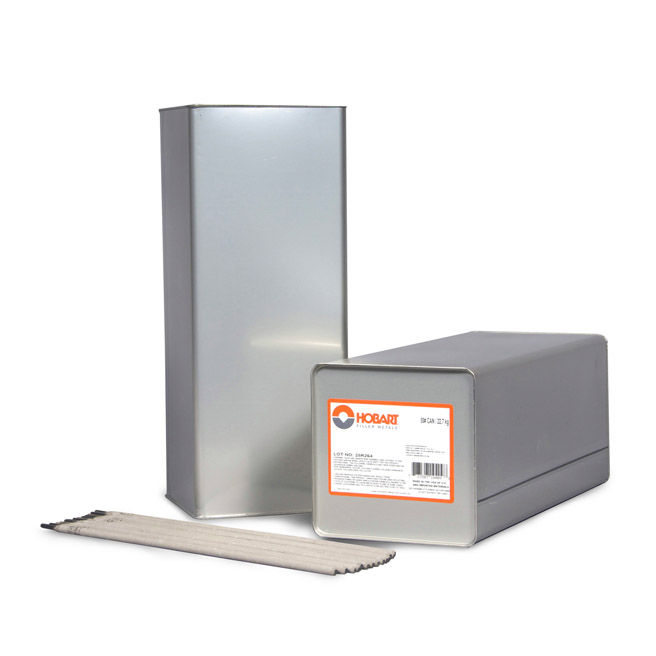
Hobart® 418
AWS: E7018 H4R, E7018-1 H4R
Good general purpose low hydrogen electrode. Easy to use in all welding positions, with excellent arc stability, low spatter levels, and easy slag removal.

Hobart® 610
AWS: E6010
Hobart 610 is a premium cellulose stick electrode designed for the pipe welding industry, and the construction industry. It has low spatter and easy slag removal, with excellent operator control.
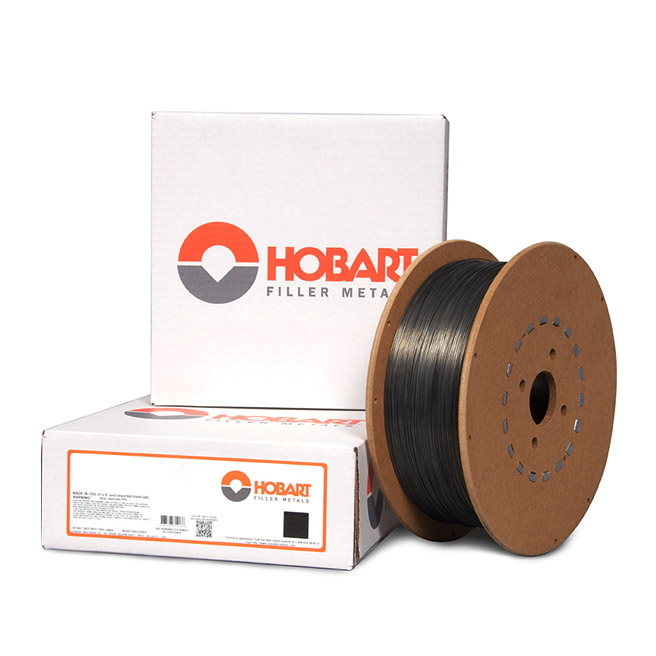
Fabshield® XLR-8 ™
AWS: A5.20: E71T-8JD-H8
For those applications requiring all position capability with low temperature impacts. Designed for use outside.
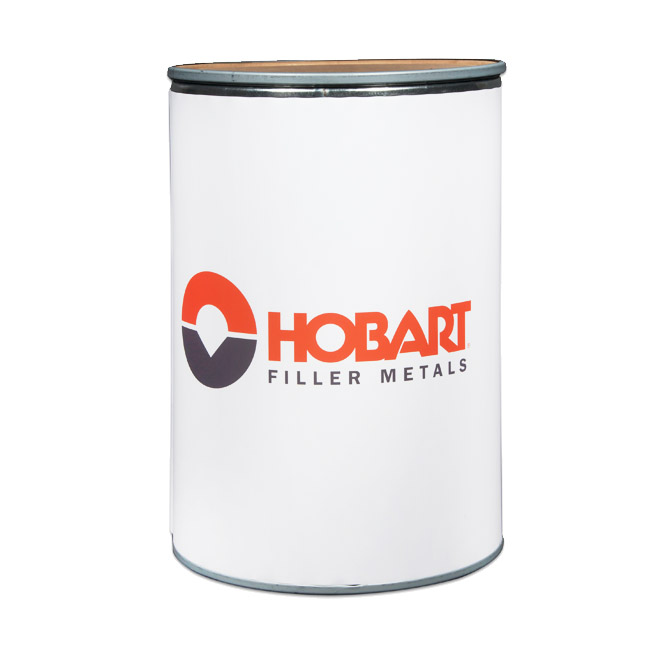
FabCO® Triple 7
AWS: A5.20: E71T-1C/M H8, E71T-9C/M H8 A5.29: E81T1-GC/-GM H8
Intended for single and multiple pass applications in all positions. Designed for carbon and higher strength steels.

FabCOR® Edge™ XP
AWS: A5.18: E70C-6M H4; A5.28: E80C-G H4
FabCOR Edge XP is a premium gas-shielded metal cored wired that offers X-CEPTIONAL Performance and Productivity. FabCOR Edge XP delivers the high deposition rates and low spatter you expect from a metal-cored wire, plus excellent weld pool fluidity and balanced arc characteristics from which welders of all skill levels can benefit. FabCOR Edge XP’s best-in-class silicon gathering and weld bead contouring help you do great work—and more of it—in less time.
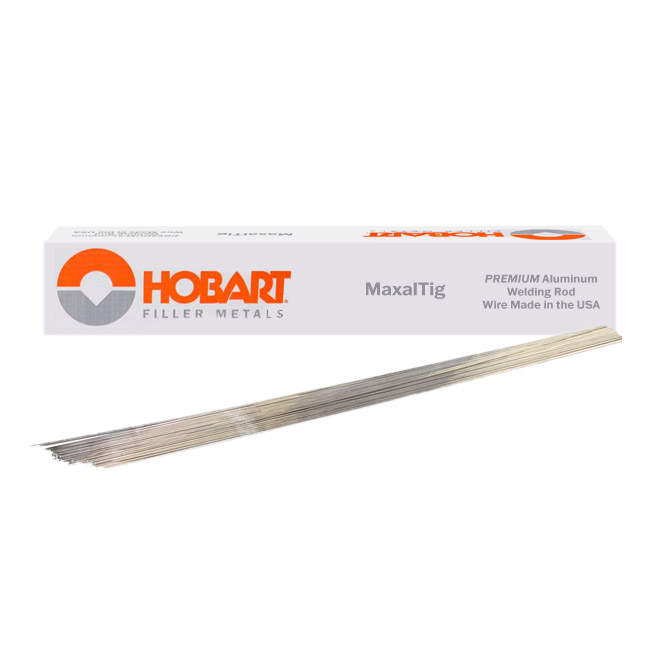
Hobart® MaxalTig® 4943
AWS: A5.10: ER4943, R4943
Alloy 4943 filler metal was formulated to be welded with the same weld procedure specifications as 4043 and 4643, and does not depend upon dilution from the base metal during welding to increase the strength of the weld deposit, while maintaining the same weld characteristics and benefits of 4043 and 4643. Features/Benefits: – 25% higher UTS & 50% higher yield strength than 4043 in the as welded condition (typical) – Moderate/high strength (35 ksi typical) – Low melting temperature/high fluidity – Low welding smut and discoloration – Low ductility, formability, and lower toughness (similar to 4043) – Moderate electrical conductivity and thermal conductivity – Post weld fully heat treatable requiring no base metal dilution – Excellent corrosion resistance – Low shrinkage rate/reduced distortion – Low hot cracking sensitivity in most applications



